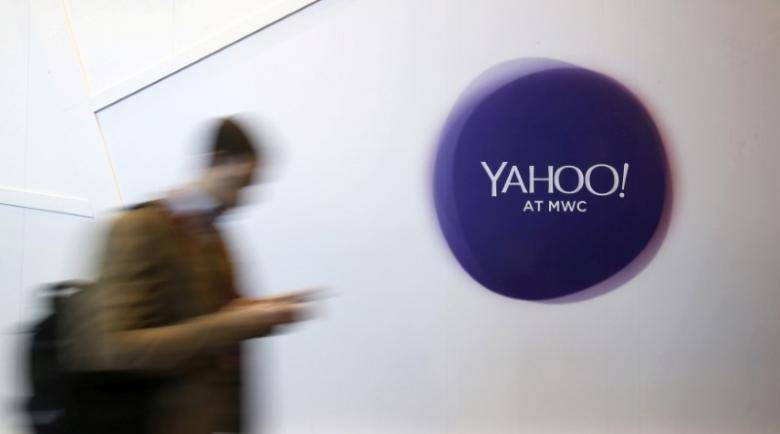Samsung Galaxy S8+ vs Apple iPhone 7 Plus
Introduction
In the “big-screen flagship” category, there is barely a comparison more important than that of the Apple and Samsung entrants, seeing as they are the top handset makers globally. There are also indications that Samsung is ramping up production of the larger Galaxy S8+, as it has seen demand to be higher than anticipated for it, that is why clashing it with the iPhone 7 Plus becomes even more important for an overview of what each top-shelf phablet can offer for your hard-earned cash. Read on to see what we found when we took the new Galaxy S8+ and the iPhone 7 Plus for one antagonistic spin…
Apple's iPhone 7 Plus design is getting a bit dated next to the shiny glass Galaxy S8+, as it's been around for three years already, while Samsung did a design overhaul this season, introducing trimmed bezels in addition to the curved display. Thus, the S8+ a bit taller than the 7 Plus, but much narrower, and so it's the easier phone to hold and operate. You'd still need the fingers of Shaq to reach the top portion of the S8+ display though, and there is no easy way to, say, pull down the notification shade with one hand, other than swiping down the rear finger scanner of the S8+. Due to its unorthodox placement next to the camera, though, that is also a stretch if you have normal hands.
Moreover, the S8+ offers a very high 83% screen-to-body ratio, but since the 6.2” display comes with an elongated 18.5:9 aspect ratio, the actual screen area you get is that of a 5.54” phone with the “old” 16:9 aspect ratio, or… about the screen area of the 7 Plus. To achieve this best-in-class 83% ratio, however, Samsung had to ditch its staple physical home button, and moved to on-screen keys. The virtual home now provides pressure-sensitive area to ease the transition, similar to the Touch ID home button feedback of the iPhone 7 Plus, but less pronounced. It's not really necessary, as most Androids with on-screen keys can vouch, but Samsung decided to check the “pressure-sensitive display area” box in the specs sheet anyway.
As for the physical keys around the sides of the handsets, they are all sturdy, easy to feel and press without looking, and with good tactile feedback. Apple has the venerable “mute switch” there, while Samsung outfitted the S8+ with a dedicated key to launch its new Bixby virtual assistant.
To achieve the new 2:1 aspect ratio trend, or thereabouts, Samsung outfitted the S8+ with “WQHD+” display. It's a 6.2-incher across when flat, and has 2960 x 1440 pixels of resolution, hence the plus sign. The iPhone 7 Plus has a more standard 5.5” 1080p display of the IPS-LCD variety, which offers good viewing angles, and credible sRGB color presentation, but is also “wide color” (DCI-P3 gamut) capable, so photos taken with the iPhone's camera which shoots in P3 as well, can be viewed in full bloom.
The S8+ has adjustable display resolution, and comes with 1080p set as default, though you can always move the slider all the way to the right in the display settings, and get to the screen's full-res potential if you need it for VR or something. The panel still has to light up more than 4 million pixels, though, and they all have to be managed by the graphics subsystem so don't expect any significant battery gains from those synthetic changes in resolution, even if you go all the way down to “HD+”.
As for image quality, the Galaxy S8+ display is the typical AMOLED affair in the default Adaptive mode, with gaudy colors that extend way beyond the standard sRGB gamut, and cold, blueish whites. AMOLED Photo and Basic modes provide a more true-to-life image setting, though admittedly not as eye-catchy. Even slight viewing angles introduce noticeable color shift towards blue. The iPhone 7 Plus screen, on the other hand, exhibits more natural colors, and color temperature doesn't shift drastically at an angle, due to the IPS LCD panel.
The S8+ display is “Mobile HDR Premium” certified, so in Cinema mode you can be watching those new UHD movies shot in the DCI-P3 gamut as their creators intended. The catch, though, is that you have to preload HDR content, as neither Netflix, nor Amazon Video have the Galaxy S8+ as a compatible device for their wide-color streams.
We checked with Netflix, and the rep said that they plan to include mobile compatibility in the future, but for now the S8+ display certification would be of limited practical use. In order to hit the HDR10 standard, however, Samsung pumped up the peak brightness abilities of the AMOLED panel, which, coupled with the low screen reflectance, bodes well for sunlight visibility in auto-brightness mode, and that's an arguably more useful development stemming out of the HDR certification. The iPhone 7 Plus screen is also very bright, at close to 700 nits, so it offers great outdoor visibility as well.
Source:- http://www.phonearena.com/reviews/Samsung-Galaxy-S8-Plus-vs-Apple-iPhone-7-Plus_id4334

